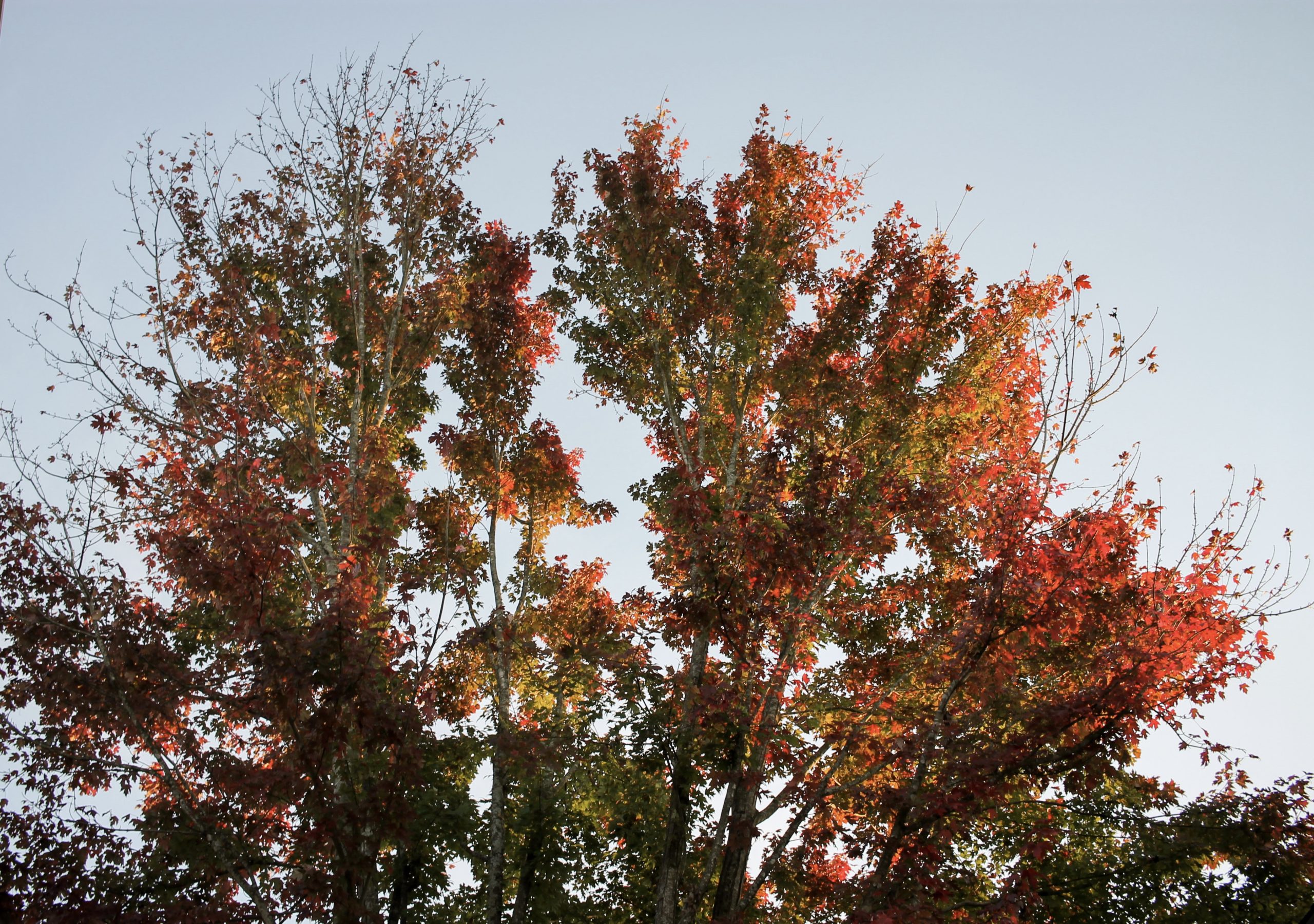
Written by: Kelli Summey
I am continually learning from the individuals I sit across from. Every client has taught me something, and it is a privilege to walk alongside them in their healing. One thing I have been paying attention to is the growth that comes with healing. This may look like assisting clients in noticing their strengths and the areas where they are experiencing success. Amid healing, it is easy to focus on the ways we feel the trauma taking from us or how we are still struggling. There is beauty in validating the pain, the hurt, and giving space to grieve; that is how healing comes.
There is also power in naming the strengths that come alongside that process. When we look at the areas of strength amid suffering, it can help us see more of the whole picture. One of my favorite things to do with clients is to name areas where there is growth. Even if it is the smallest growth, I love to celebrate successes in therapy. As I do this alongside my clients, I am continually learning that post-traumatic growth is beautiful and extremely painful. There is a strength that comes from suffering, being broken apart, and being put back together. Even when the growth feels slow and painful, we can see movement and change.
The process of therapy and healing ebbs and flows. It is not linear; it does not follow a straight path. It moves forward; then life happens, and it feels like it pulls you back in. The beauty of that is asking, “how am I handling this now versus how I would have handled this a year ago?” By asking this question, it can help us zoom out and see growth instead of believing the message that we are right back where we started. There can be a narrative that we will always be stuck in our pain or trauma. That belief creates a sense of safety because it is all we have known. It feels scary to acknowledge things are different than they always have been, and that there is a possibility the suffering we have experienced will not define us. Healing can feel terrifying, like stepping off of a cliff and not knowing if your feet will land on solid ground. When naming small areas of movement and growth, it can help us notice the stepping stones along the way until we get to the other side.

